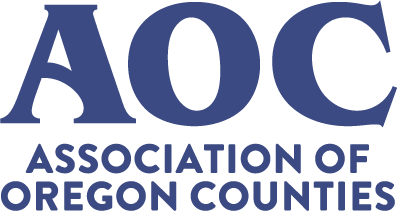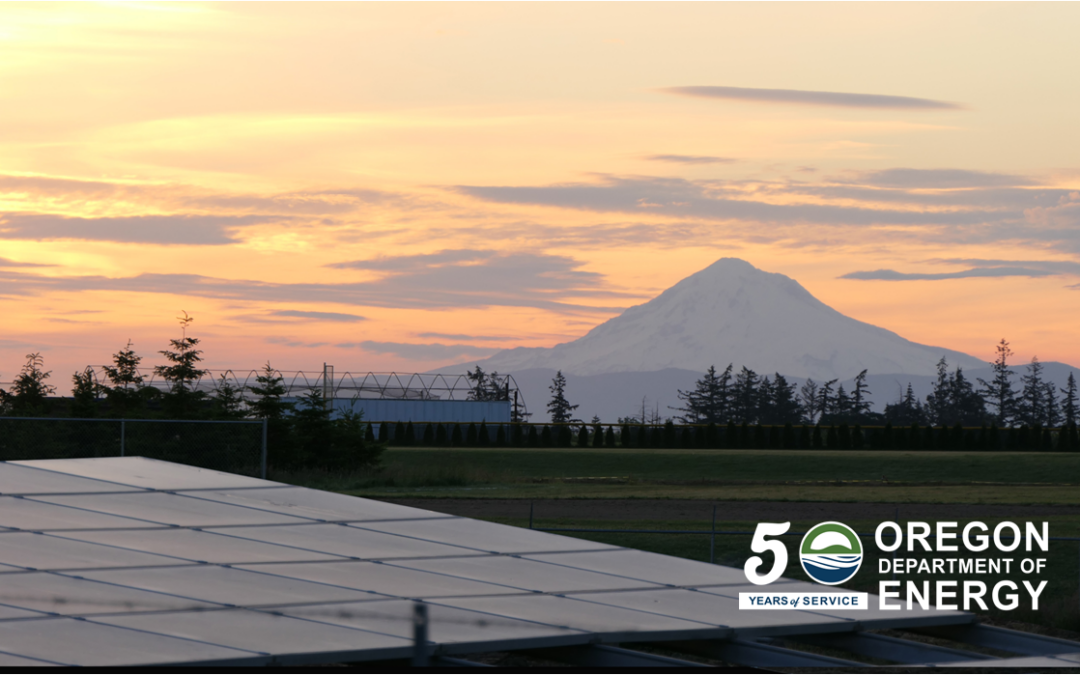Sponsored content contributed by AOC Business Partner: Oregon Department of Energy
The Oregon Department of Energy (ODOE) has kicked off the second phase of developing the Oregon Energy Strategy, and there are many ways Oregonians can weigh in over the next several months. The agency encourages Oregon counties and their residents to join these important conversations as ODOE works toward a final energy strategy in November 2025.
The Oregon Energy Strategy will identify pathways to achieve the state’s energy objectives. It will evaluate benefits and challenges of different pathways, present policy recommendations for decisionmakers, and reflect input from Oregonians who informed the Strategy.
Using input and comments from Tribes; the energy strategy’s Advisory and Working Groups; staff-to-staff conversations with state agencies, including an Inter-Agency Steering Group; and the public, ODOE and its technical contractors developed scenarios that represent different energy pathways the state could take to achieve its energy policy objectives by 2050.
A Reference Scenario includes “aggressive but achievable” assumptions on the adoption of technologies, such as energy efficiency and electrification, which numerous studies indicate are key to decarbonizing the energy sector. A set of Alternative scenarios each contain a different mix of assumptions about technologies and fuels and that are compared to the Reference Scenario. Building on the results of the energy modeling, additional technical analysis will evaluate effects of different pathways on energy burden for different households in Oregon, air quality and public health, and employment. Geospatial mapping will provide additional context to understand the modeling results.
ODOE and its project contractors presented modeling results for the Reference Scenario and Alternatives earlier this year. The modeling results serve to inform policy discussions in Working Groups and Advisory Group meetings taking place through May – as well as during two public listening sessions on April 24, 2025.
ODOE will also host an information session on April 9 to discuss results of complementary analyses on what the agency is referring to as the energy wallet, air quality, and geospatial mapping considerations. The energy wallet looks at how potential pathways will affect energy spending for five diverse sample Oregon households, in addition to how increased electrification could affect those customers’ energy costs over time. Air quality modeling will look at how changes in air quality coming out of modeled scenarios affect public health and economic benefits. Geospatial mapping will explore community-level energy inequities and relationships with socioeconomic disparities to provide a foundation for deeper insights into policy discussions.
ODOE’s Oregon Energy Strategy team welcomes input and involvement from Oregon counties and those who call them home. Learn more about the project on ODOE’s website.

